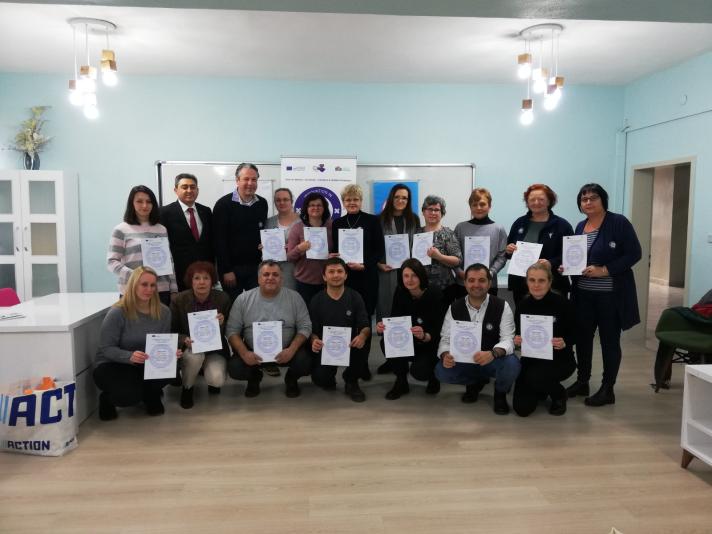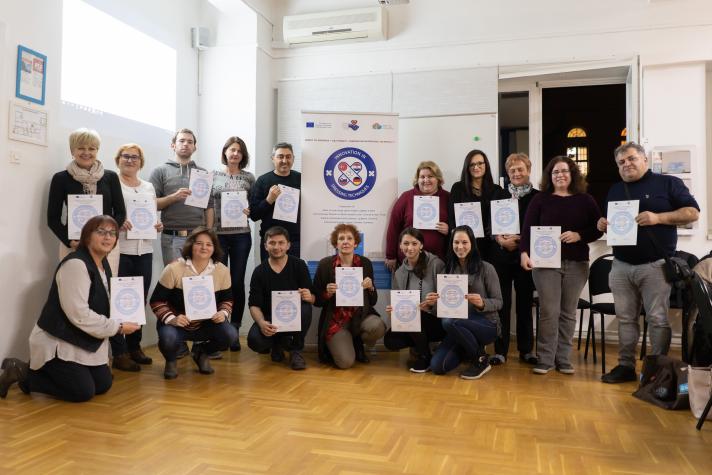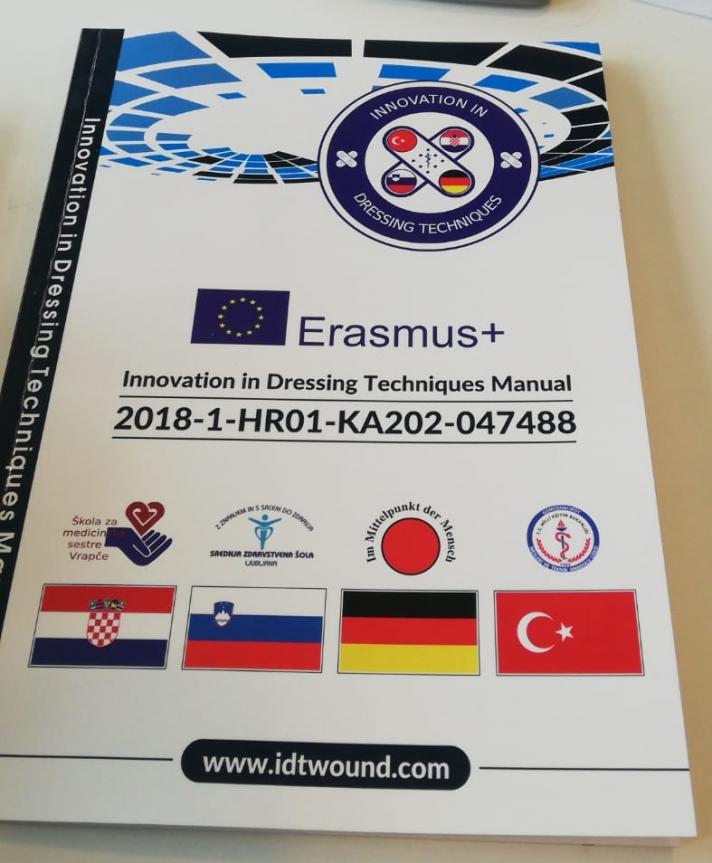Topic(s) addressed
The most relevant topics addressed by the project were health and wellbeing, EU citizenship, EU awareness, and democracy, with the project’s primary objective being the modernisation of the learning and teaching process through the development of an interactive e-handbook on chronic wound-dressing techniques. The project’s relevance to the annual topic (Distance and Blended Learning) is best reflected in the handbook’s interactive format, and its potential for digital and blended learning opportunities
Target groups
The project’s participants included Croatian, Slovenian, German, and Turkish stakeholders from the field of education (teachers and learners from medical schools and adult education institutions), medical staff (doctors, nurses, nutritionists, physiotherapists, and pharmacists) and other relevant institutions (nursing homes, health care workers' associations, policy makers, etc.). Approximately 1200 participants benefited from, or were targeted by, activities organised under this project.
Methodologies
The project’s aim, to modernise the learning and teaching process, was successfully achieved through the development of a manual on chronic wound-dressing techniques. In addition to being the first such publication to take the form of an interactive e-handbook, the manual was also extremely relevant given that it addressed a topic which presents a serious health and social issue in the countries of participating organisations. The project’s activities contributed to the development of new skills and competences both among direct participants, and those who indirectly benefitted from its implementation, with particularly successful cooperation established between stakeholders from the field of education (teachers and learners from medical schools and adult education institutions), medical staff (doctors, nurses, nutritionists, physiotherapists, and pharmacists) and other relevant institutions (nursing homes, health care workers' associations, policy makers, etc.). Students played an active role in every phase of the project’s implementation (planning, development, and piloting) and benefitted immensely from the manual’s development, the contents of which made a valuable impact that extended beyond the partnership.
Environments
The project centred on cross-sectoral cooperation among various stakeholders, while enabling medicals schools involved in its implementation to act as drivers of innovation. The manual’s interactive format also opened up the potential for digital and blended learning opportunities, which further contributed to the modernisation and facilitation of the learning process during the pandemic. This manual is available at no cost in 5 different languages on the project’s website, on the Erasmus+ dissemination platform, as well as on the websites of participating organisations.
Teachers
Implemented activities helped strengthen and develop teachers’ key competences by allowing them to tackle a relevant topic in a direct and innovative manner. The manual was a result of close cooperation between medical schools from Croatia, Slovenia, and Turkey and assisted these institutions in building their capacities, while laying the groundwork for future collaborations that may bring added value and further improve the work carried out by said institutions. The project’s implementation engaged a peer-learning approach that was applied at various levels (pupils, teachers, associated partners, etc.).
Impact
The quality of innovation processes was best reflected in the fact that the manual was used as teaching material at schools in Croatia, Slovenia, and Turkey. Moreover, it may also be potentially used as a teaching aid in care centres, hospitals, and other institutions offering medical courses. The project’s impact was further strengthened through the successful implementation of various dissemination activities by all participating organisations. Lastly, the project may be viewed as an incentive for closer cooperation among schools, health institutions, and policy makers with the aim of making improvements and changes that are deemed necessary towards the modernisation and harmonisation of teaching and training processes.
- Reference
- 2018-1-HR01-KA202-047488
- Project locations
- Croatia
- Project category
- VET schools
- Project year
- 2021
Stakeholders
Participants
Gümüşhacıköy Mesleki Ve Teknik Anadolu Lisesi
- Address
- Türkiye
Seniorenzentrum Suderwich KG
- Address
- Germany
Srednja zdravstvena šola Ljubljana
- Address
- Slovenia



